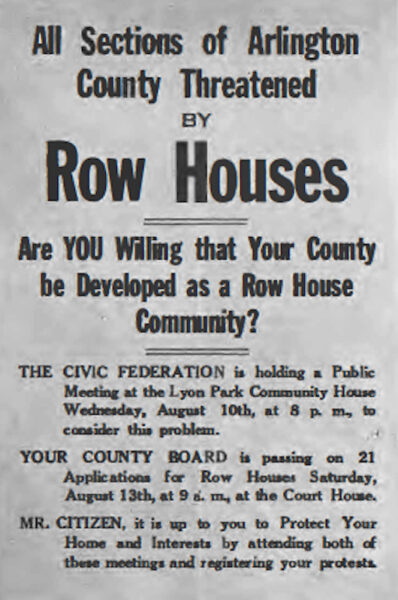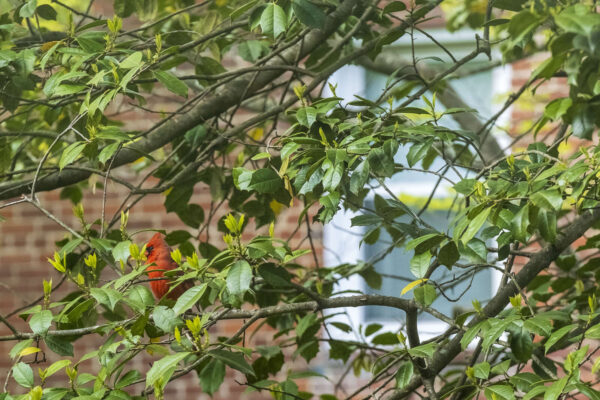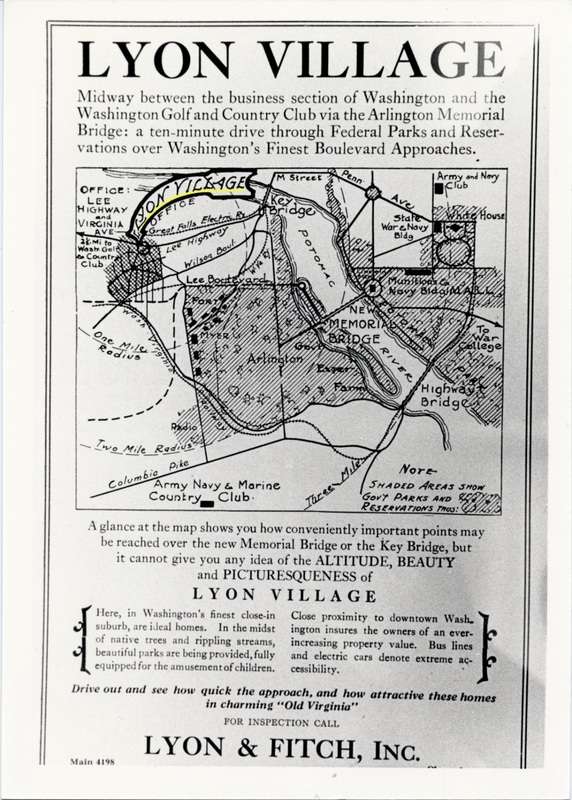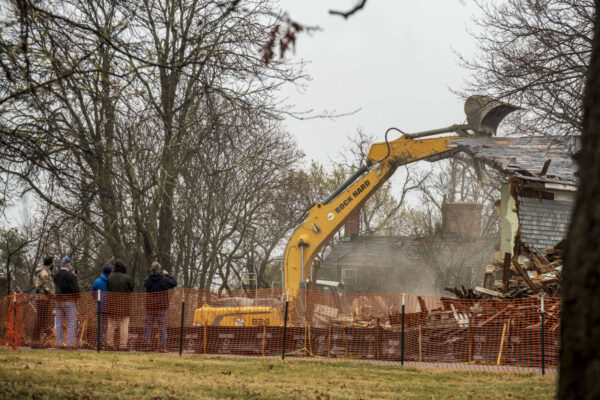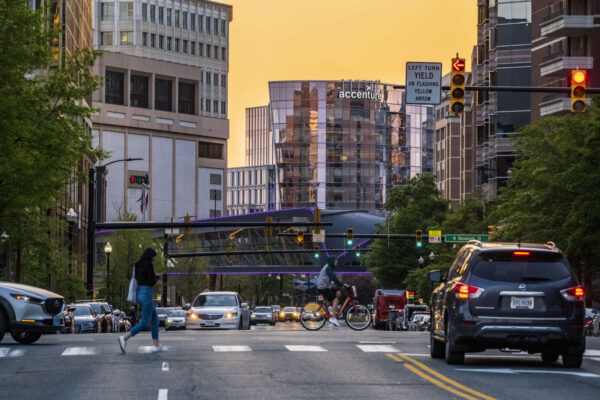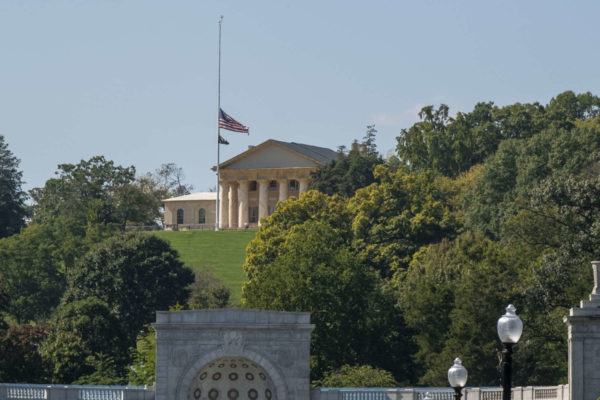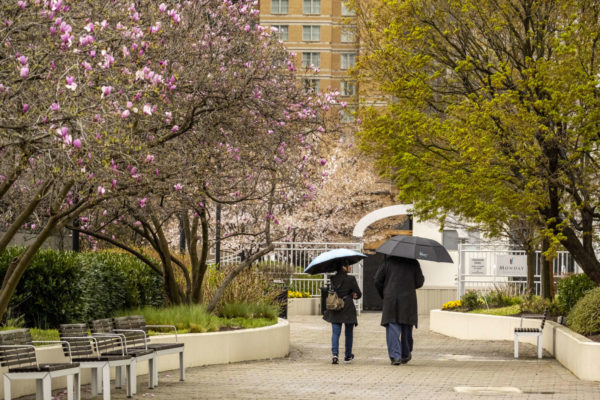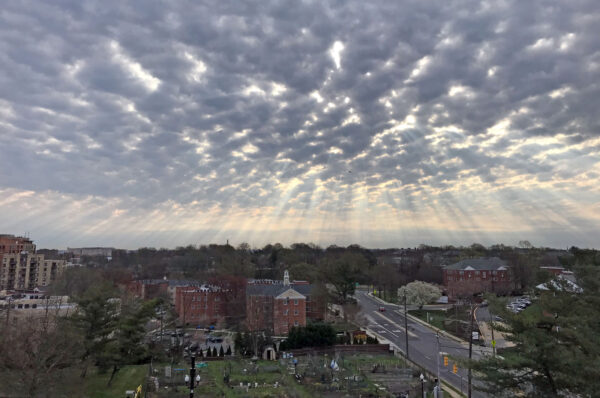‘Click It or Ticket’ Campaign Underway — ” The Arlington County Police Department is reminding drivers about the lifesaving benefits of wearing a seat belt, during the U.S. Department of Transportation’s National Highway Traffic Safety Administration’s (NHTSA) national Click It or Ticket campaign. The high-visibility national seat belt campaign, which coincides with the Memorial Day holiday, runs from May 24 to June 6.” [Arlington County]
Historic Home on Lee Highway for Sale — “Arlington County has less than 50 locally designated historic districts. Of those, 13 are single-family houses and only 10 of them are privately owned. Recently one of the privately owned historic houses came on the market for the first time in 25 years. The Eastman-Fenwick House is a Victorian frame house in the Queen Anne style that was designed by and built for Albert Prescott Eastman in 1876.” [Washington Post]
Local Company Growing Fast — “A dual-headquartered tech startup known for helping brands optimize their sales on Amazon is celebrating a significant growth milestone this week as it enters its 11th year in business. Amify, which is co-headquartered in Cincinnati and Arlington, Va., has reached an annual run rate of $100 million in gross merchandise value, or GMV, for its customers in terms of goods sold, officials said in a Thursday release. That represents a 600% increase in GMV under management over the past year.” [Cincy Inno]
Cemetery Lifting Some Covid Restrictions — “The leaders of Arlington National Cemetery announced that starting Monday, they will no longer limit the number of people gathered at a gravesite. The change comes as the D.C. region lifted many COVID-19 restrictions this weekend.” [Fox 5]
For Some Locals, Cicadas are Free Snacks — “Since the protein-rich cicadas aren’t poisonous, adventurous humans can eat them as well. A cookbook called Cicada-Licious includes recipes for cicada pizza, tacos and cookies. Brian Schwatken in Arlington, Virginia, fried some cicada nymphs with butter, garlic and onions. ‘They are tender, have kind of a nutty taste and are really good,’ he said.” [Voice of America]




